News
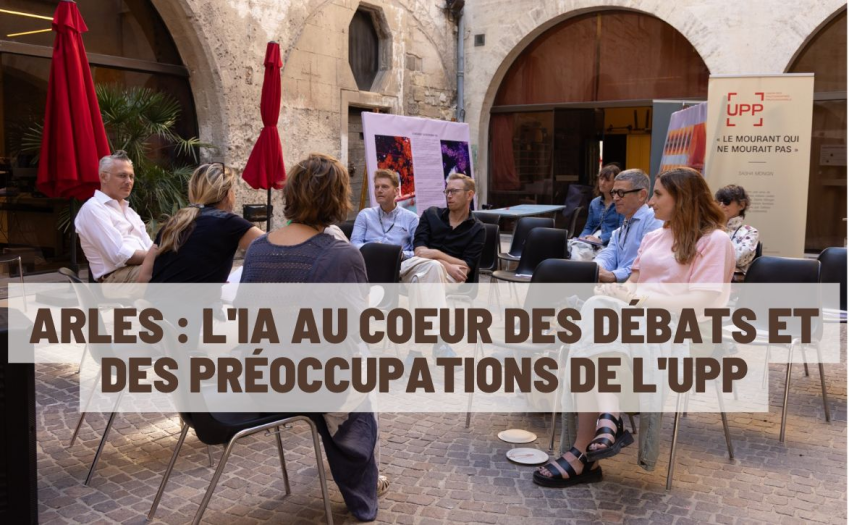
Arles: AI at the heart of UPP debates and concerns
At the recent Rencontres de la photographie in Arles, the issues raised by artificial intelligence (AI) took center stage in discussions between industry professionals. While the possibilities offered by these technologies are numerous, they also raise profound questions that are still far from exhausted, both legally and ethically.
Since the emergence of the IAg, the UPP has been involved in discussions concerning the framework for this new media. Photographers, after all, are precursors: they are acclimatized to these digital tools already integrated into their shooting and retouching software, and with which they are used to working.
The UPP has seized the opportunity of the Rencontres d'Arles to express its position on these issues on several occasions:
- Invited by ADAGP to a roundtable discussion on the identification of AI-generated content, Stéphanie de Roquefeuil, Director of Public and Legal Affairs, spoke on behalf of UPP on the legal and ethical issues involved.
- Stéphanie de Roquefeuil also took part, alongside UPP President Matthieu Baudeau, in an evening of exchanges organized by Google, bringing together stakeholders in the AI ecosystem: representatives of authors' societies, contacts at the Prime Minister's office and the Ministry of Culture, cultural and broadcasting operators, etc. During this dinner, Google representatives shared their elements of language on AI. They also heard creators express their desire to build a secure, reliable and ethical ecosystem. This new meeting paves the way for a better mutual understanding.
- Finally, Emmanuel Perret, Secretary General of UPP, moderated a round table dedicated to AI-based creation. The artists present underlined the expressive potential of this new tool, while calling on photographers to actively seize it. Because photographers have an "eye", they understand and feel what makes an image strong, expressive and eloquent. If AI is left to the amateurs, it will produce content without relief. Only authors who are fully aware of their vision can infuse it with meaning.
1. The major legal issues at stake
Protection of works in AI training bases
Photographic works, protected by copyright, are now massively integrated into the databases used to drive generative AI. On this point, the UPP's position is clear: it has repeatedly reaffirmed the primordial importance of copyright, most recently through its Director of Public and Legal Affairs, Stéphanie de Roquefeuil, at the Parlement de la Photo in June. Photographs are not a product like any other. Stemming from the mind of their creator, they reflect his individuality, reveal his vision of the world, share the messages he wishes to convey, and bear the imprint of his personality. These works cannot therefore be used without the creator's express authorization. The question of authorization (or opposition) is governed by European law, notably article 4 of the DAMUN directive and article 53 of the IA Regulation. The modalities for expressing refusal of use - provided for in European texts - is a major bone of contention with AI operators, who refuse at this stage to implement any opt-out solution. Transparency of AI training data is an essential prerequisite for the application of the copyright regime provided for in the texts.
What's more, copyrighted photographs today constitute the "raw material" used by AIs to generate synthetic images. As in any economic market, it is essential that creators, like all players in the technological value chain (developers, server providers, platforms, etc.), be remunerated in line with their contribution to the finished product.
Identification of generated content
Article 50 of the Artificial Intelligence Regulation requires AI systems not only to label all AI-generated content as such in a machine-readable format, but also to indicate this to the natural persons concerned, in a clear and recognizable manner, at the latest at the time of the first interaction/exposure.
The UPP is therefore working on ways to ensure compliance with this obligation required by European regulations from August 1, 2026.
This marking is essential for legal certainty. Human creations enjoy clear copyright protection. AI-generated content, on the other hand, is subject to an uncertain legal regime. Pending dedicated regulation, property rights and responsibilities are diluted between system creators, promoters and broadcasters. As a result, they are a source of legal uncertainty for their users, companies and public and private entities. For the UPP, it is therefore essential to distinguish between them, so that users know the legal framework in which they are operating.
Recent disputes (such as the lawsuit between Disney and Midjourney, or the action taken by the SNE, SGDL and SNAC against Meta) illustrate the seriousness of the problem. When an entity bases its communications on an artist's reputation, without a license or remuneration, it is engaging in illicit value capture. It exploits pre-existing works to generate artificial intelligence visuals, and capitalizes on the work of others, "following in their footsteps in order to profit from them without expending any of their efforts or know-how". This constitutes an act of economic parasitism, for which the creator must be compensated. It is therefore necessary to identify the content at the origin of the works generated, in order to assert the rights of authors to fair compensation where appropriate, but also to encourage the conclusion of agreements between creators and those wishing to use their works.
2. Major ethical issues linked to the identification of AI-generated content
Preservation of information integrity
In the press, the emergence of hypertrucages, deepfakes and other cloning of voices or images is a serious threat to the integrity of information. Content manipulation threatens the credibility of the media, weakening their link with the public and trapping readers in an information bubble harmful to dialogue and debate.
The clear identification of AI-generated content, both for citizens and for robots designed to disseminate scraped content on the Internet, is thus becoming a democratic imperative. In this sense, the UPP is campaigning for an extremely ambitious stance on the part of the press, particularly those that receive public subsidies. Their role obliges them, and they must be exemplary in this respect, in order to constitute a reliable source of information.
2. Consumer" information
Labeling is not just a legal requirement: it's a question of transparency and respect for people's free will. A general trend is gaining strength in our society, and it's a healthy one: we all want to be aware of what we consume (in the broadest sense of the term), so that we can make an informed choice: the composition of our clothes (100% cotton, or 90% polyamide), the way our eggs are produced (battery-raised, free-range, organic, etc.), the nutriscore of our food, and the origin and production chain of our objects.
For images, as elsewhere, every choice is justifiable, and the UPP's aim is not to ban AI from communications, but by identifying the content generated, to enable the public to make an informed choice.
Enhancing the human face and combating the erasure of real faces
Recent mistakes by the French government in AI-generated information campaigns[1] illustrate the risks of disembodied public messages. Valuing real people, those who make up the country's economic, social and cultural wealth, remains the most effective way to generate support and nurture national cohesion.
And for companies, associations and all the other entities that make up France's economic and social fabric: what is more differentiating than their human resources, and how can they be better promoted than by sharing the photographs of the teams actually at work creating economic, social or human wealth?
The UPP affirms a fundamental principle: photography remains an essential medium for documenting reality. Images, when rooted in people, are a precious resource for companies and institutions alike. That's why the UPP is actively lobbying for a commitment from public authorities and private players to support professional photographers.
Social and human impact
It's hard not to mention the importance of legislation on body alterations in advertising. At a time when a whole cohort of young girls were starving themselves to look like the stringy models in advertising, the obligation to indicate that bodies and faces had been retouched was, if not salutary, at least a necessary reminder that images did not always conform to reality.
At a time when reception services (telephone or internet), whether commercial, administrative or even social, are replacing human operators with chatbots, identifying the nature of the interlocutor is fraught with mental and social health issues. We have a right to expect transparency about the interlocutor's ability to understand us, not only intellectually but also empathically. The human experience cannot be simulated without loss: the bond
3. Building collective responsibility
AI players are keen to promote image education, with the aim of putting the onus on users to distinguish between content derived from the real world and content generated by generative AI. Of course, it's essential for everyone to maintain and educate their critical faculties in the face of the influx of visual content of all kinds. However, this does not absolve AI players of their responsibility, nor does it absolve content producers and technology operators of their own duty of transparency, traceability and fairness.
All aspects of this new tool must be legally understood and supervised, and identifying the content generated is the first step.
Reflection on artificial intelligence applied to visual creation is still in its infancy. Discussions between public authorities, technology platforms, authors and collective management organizations must continue. The UPP will participate with determination, to defend a regulatory framework that is both protective of creators and conducive to ethical innovation.
[1] Cf. the choice to generate fake senior citizens rather than highlighting senior citizens actually at work in companies, which also generated technical aberrations (unsuitable PPE) during the https://travail-emploi.gouv.fr/emploi50plus campaign.)
Choice of showing an AI-generated woman from the 1940s rather than female figures from the Resistance, resulting in gigantic communication blunders https://bsky.app/profile/did:plc:efkkv3n6nfgtlfwunmcmer5k/post/3lq7vctnu222q?ref_src=embed&ref_url=https%253A%252F%252Fwww.franceinfo.fr%252Finternet%252Fintelligence-artificielle%252Fhonte-amateurisme-gros-couac-une-video-du-government-generee-par-ia-sur-la-resistance-epinglee-par-les-internautes_7279881.html )

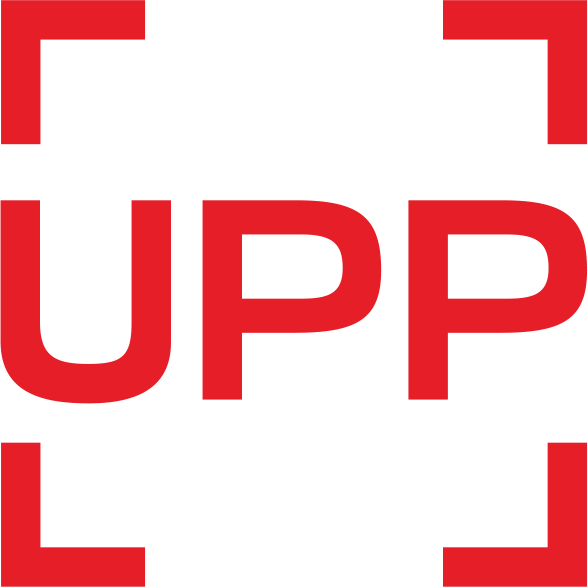
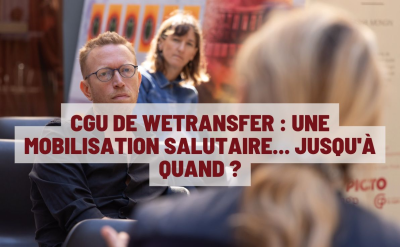
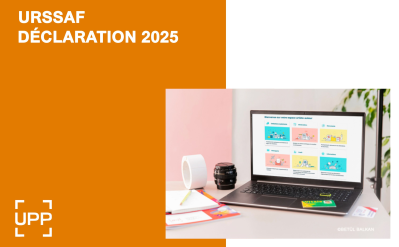
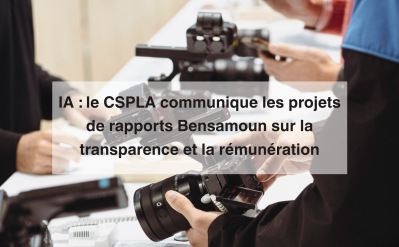
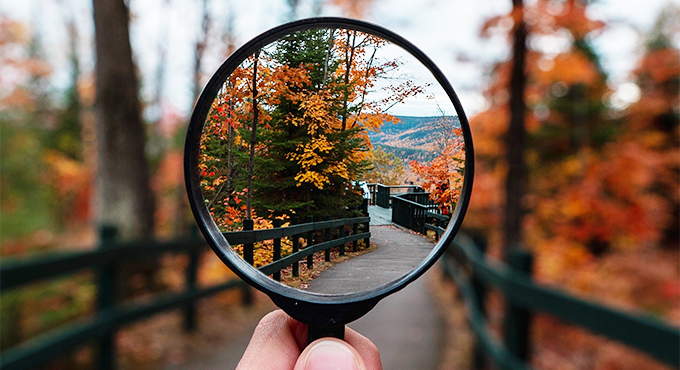
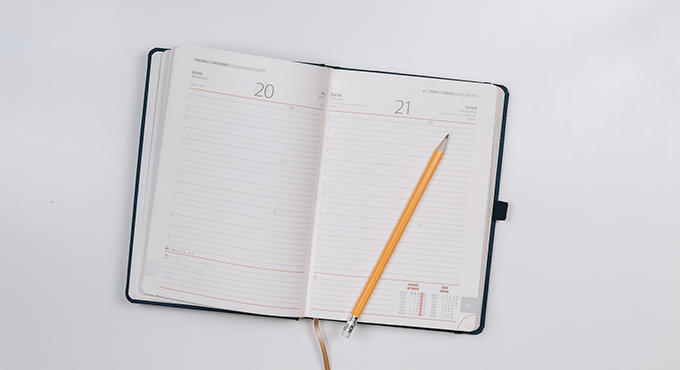
No comment
Log in to post comment. Log in.